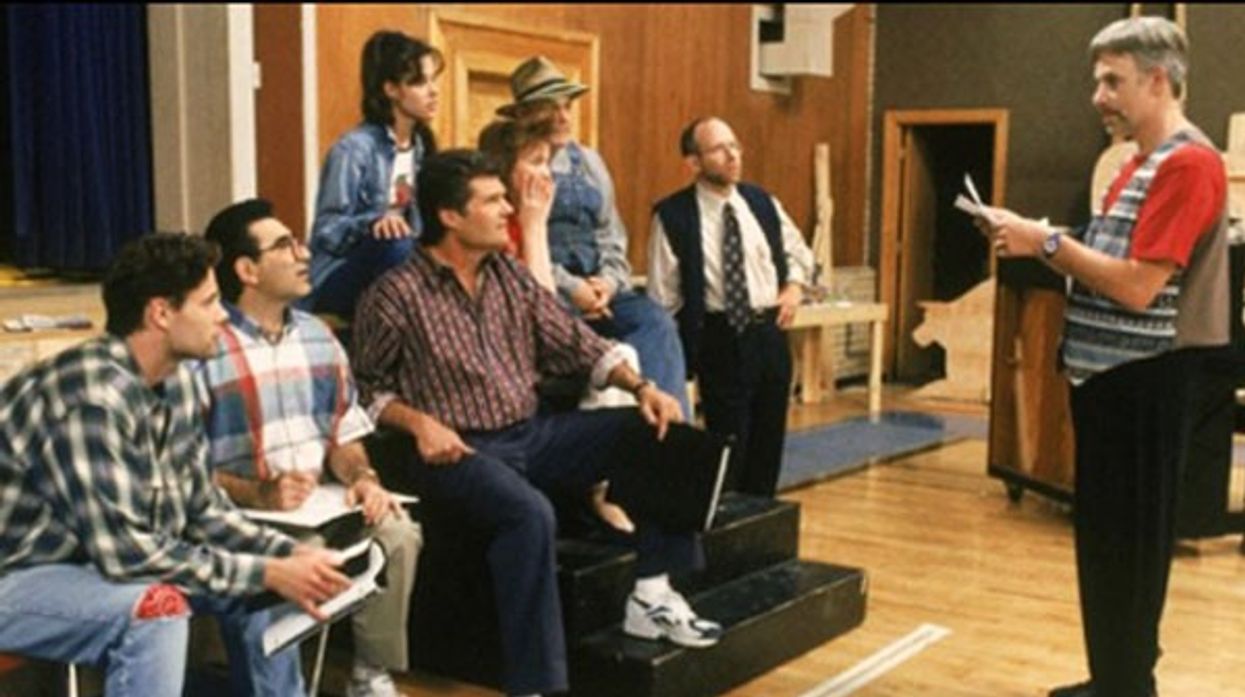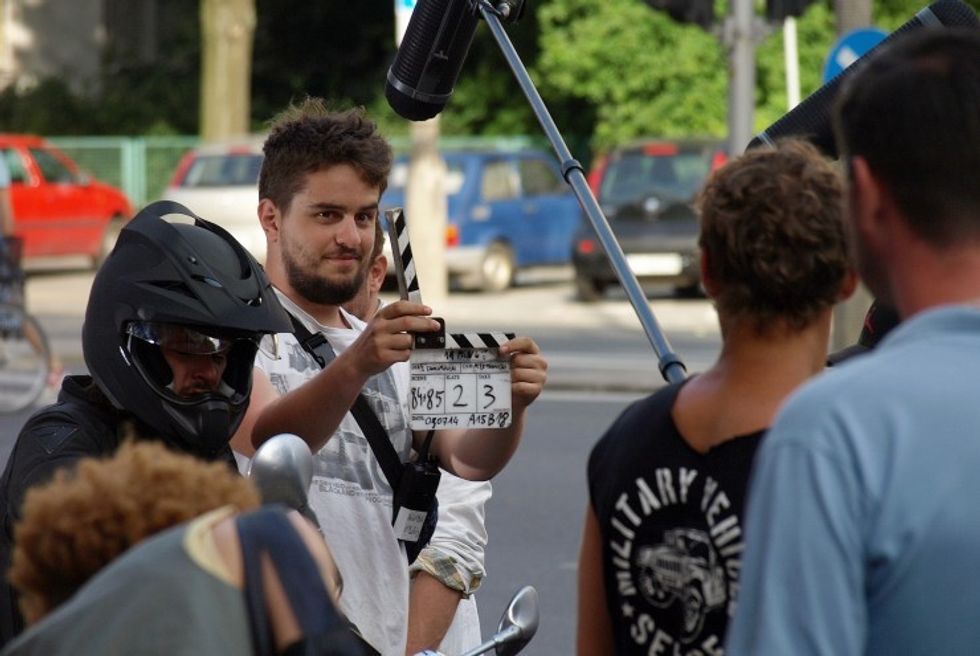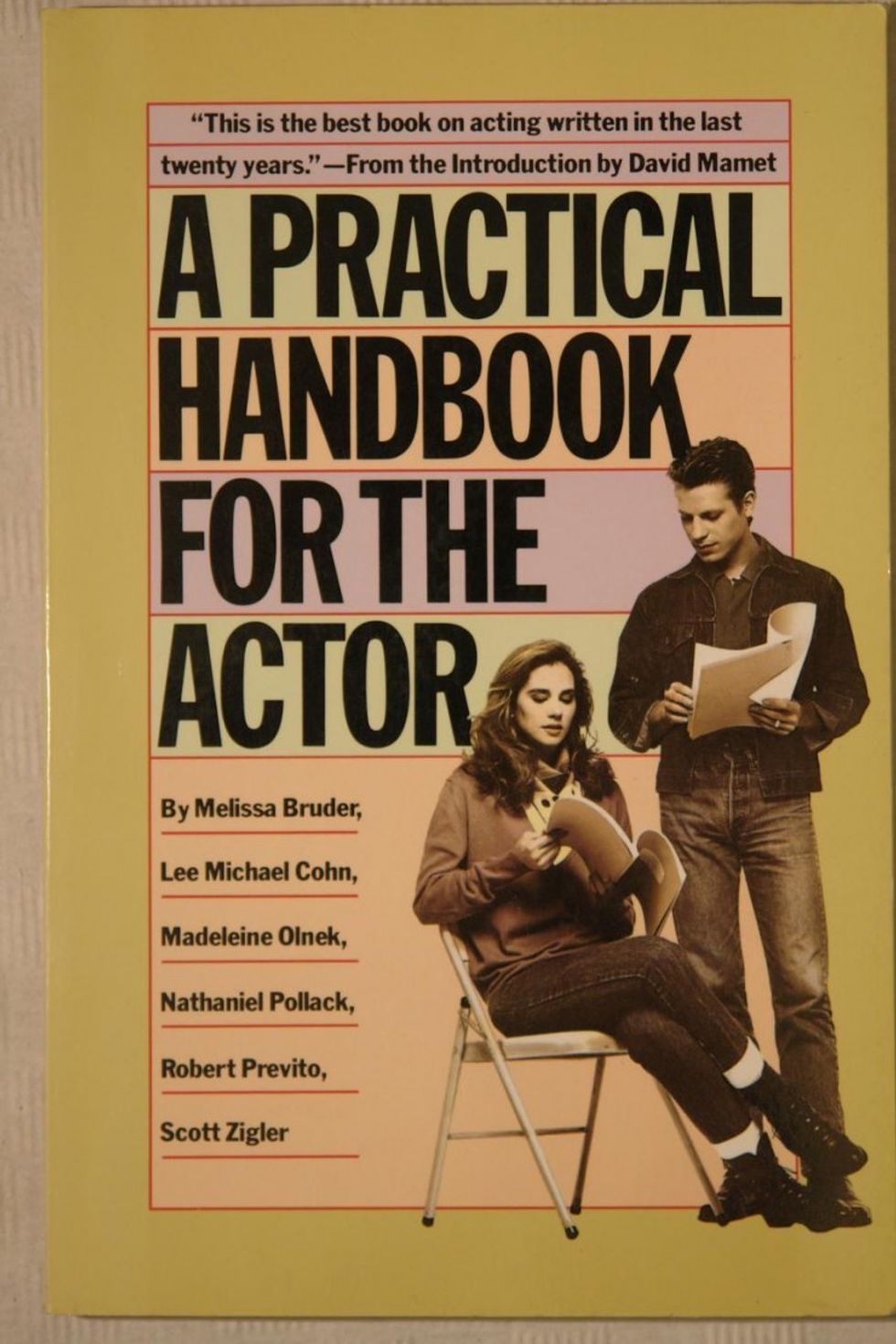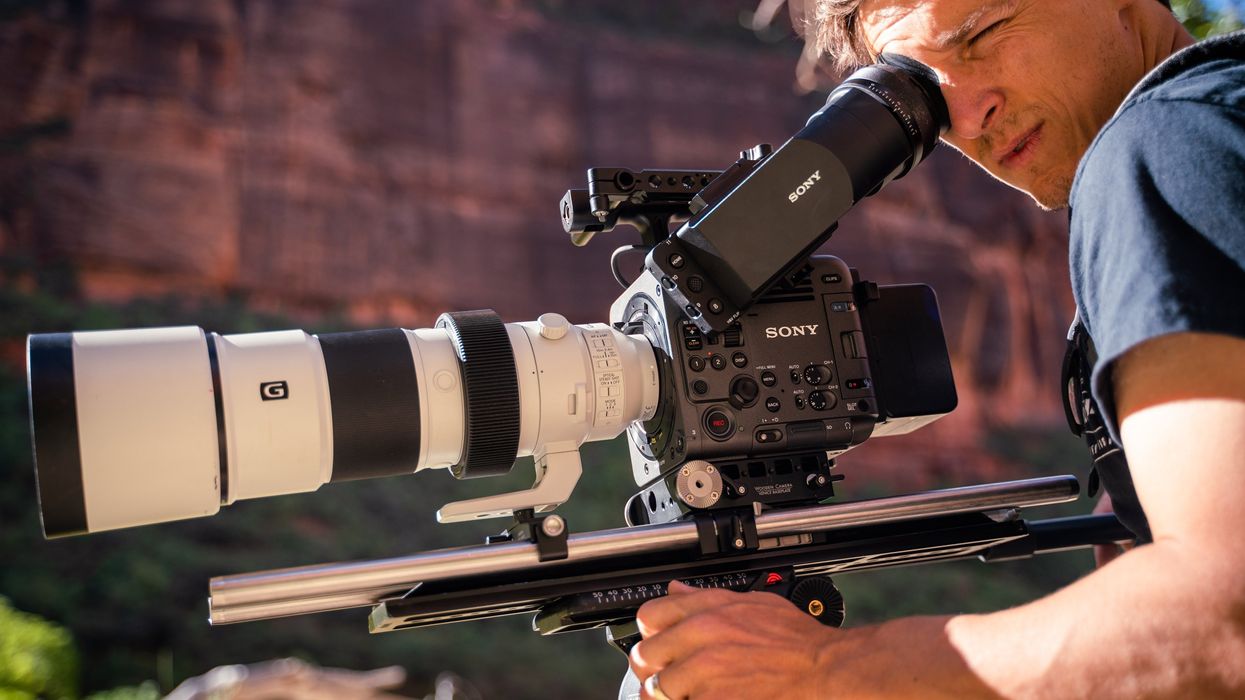The Specific Methods Every Director Should Understand When Working with Actors
These simple concepts can make one of a director's hardest jobs that much easier.

Nine times out of ten, the most unforgettable moments in a movie come from a human face, rather than an impressive set-up or thrilling effects sequence. And yet, many directors are relatively clueless as to how to communicate with their actors (this is partly why the club of "actors' directors" is so small).
While there are a few main schools of modern acting, there is scant information out there for the beginning filmmaker on one of the most important tasks: how to direct an actor toward the performance a movie needs.
It seems like it should be easy, but communication never is. There is always the risk of one's actual intentions getting lost in the noise. However, this doesn't have to be the case, at least not according to Melissa Bruder, a founding member of the Atlantic Theater Company, as well as the author of A Practical Handbook for the Actor. David Mamet, well known for his opinions on directing and storytelling, wrote the introduction, and at the time of the book's publication, called it the "best book on acting written in the past 20 years."
It's not only an invaluable read for actors: its "simple advice and suggestions" are excellent reading for any director who is in the dark on how to find the vocabulary to communicate with their cast. As an example, check out her ideas on how to analyze a scene (as well as picking an action for that scene) and you will see how they can be applied to not only communicating with an actor, but reading (or even writing) a script.
Picking an Action
According to Bruder, "To act means to do, so you must always have something specific to do...or you will immediately stop acting." For her, "an action is the physical pursuance of a specific goal" and the choice of an action is one of the most important choices an actor (in collaboration with a director) can make from moment to moment. There is always an action.
This is one of the most important concepts that a director can understand, and Bruder gives a checklist to use when deciding whether or not a specific action will be appropriate. Keep in mind that the actions the actor performs and uses internally is meant to guide their performance. Any possible action that an actor does must:
Be Possible
As the author says, "pleading for help” is something you can begin to do immediately. Everyone knows how to do it. On the other hand, “pursuing the American dream” is not something you can pick up and do at a moment’s notice.
Be Specific
Quoting Stanislavski, who said that "generality is the enemy of all art," Bruder stresses that when looking through a script and determining which action suits any given moment, the more specific, the better.
For instance, if a character is questioning someone in a scene, the specific action "extracting a crucial answer" will be much more helpful than the action "finding out something." Not only that, but a specific action will provide you with a clear, specific path to follow when playing the scene.
Be Testable
This one is really more for the actor (like #2) than the director, but it's still valuable knowledge. The point is that any action, for instance, "forcing an enemy to do my bidding," should have as a metric of success the ability to "at any moment...be able to tell how close he is to doing your bidding, and only when he has done your bidding will you have completed the action."
When talking to an actor, keep in mind that they are not only performing the role as written in the script, they are also reacting off of the other actors, and these other actors (rather than the fictional characters) will be their benchmark for success.
"You can’t artificially induce a physical or emotional state."-Melissa Bruder
Not Be an Errand
"An errand is an action that has no test in the other person," and so an action like delivering a message is not a good choice, among other reasons, "you do not have to look at your partner to see if you have accomplished it." If an action is too quickly and easily accomplished, it's not only boring for the actor to perform, but for the audience to watch. "The action must be something it is possible to fail at; you cannot fail at an errand."
Not Assume a Physical State
Lots of actors have given performances noted for their portrayals of people under the influence, though Bruder says "you can’t artificially induce a physical or emotional state (e.g., hunger, anger, sorrow, drunkenness), because they are not within your control" and from a practical standpoint "if you try to work yourself up into a certain state for a scene, your attention will be entirely on the creation and maintenance of that state rather than on your action." Here she stresses, again, that there is no one correct emotion for any scene.

Not Manipulate
A manipulative action is, as you might have guessed, "one chosen to produce a desired effect," with the desired effect in this case coming from the other actor. So rather than, say, "making someone cry," a far better action is one like "making a friend face facts," because it is far more likely, if it produces a reaction in the other actor, to be an honest response to your carrying out your action, rather than the result of your manipulation.
Have a 'Cap'
A successful action is one that an actor can tell whether or not they've finished. As an example, "to get a friend's forgiveness" would be an action with a cap.
"You must always have something specific to do...or you will immediately stop acting."
Be True to the Intention of the Work
This will definitely come as a relief to directors, but Bruder stresses that with so many possible actions an actor can choose for a scene, it is vital, once an actor has gone through the script, to choose an action that is "true to those intentions." What action is called for, given the context, the moment, what else is happening in the story?

Analyzing a Scene
When going through a script and looking at each individual scene, Bruder puts it that there are three main questions to be asked.
1. What is the character literally doing?
Among other factors, perhaps the most important when determining the answer to this question is "to be as literal as possible; do not interpret or embellish what is happening on the printed page." This last part is, surely, comforting for directors.
2. What is the essential action?
This is, basically, just determining the action picked from the checklist above, but it can only be determined once you know what the character is literally doing. For instance, in a scene where someone is trying to convince their (romantic) partner to run away with them, the essential action could be, "Making a loved one take a big chance."
3. What is that action like to the actor?
This is a step that has to be taken by the actor, and is a way for them to give their own personal meaning to the scene.

Of course, all of this is a vast simplification and summary of just a small part of what is an essential book. The first step in any communication is a shared understanding of language, of what words mean, and of what the goal is. A director, presumably, wants to get the best performance possible, one that is not only emotionally affecting but that serves the purpose of the moment, the scene, and the movie, all while driving the story forward.
This is also presumably the actor's goal, though, especially in film, an actor is working moment-to-moment, and it's a director's job (in part) to provide the connective tissue that links these moments. Using these techniques (as well as checking out Michael Caine's invaluable advice) is be a great way to start a conversation with an actor that will, if all goes well, lead to a memorable, and possibly unforgettable, performance.















